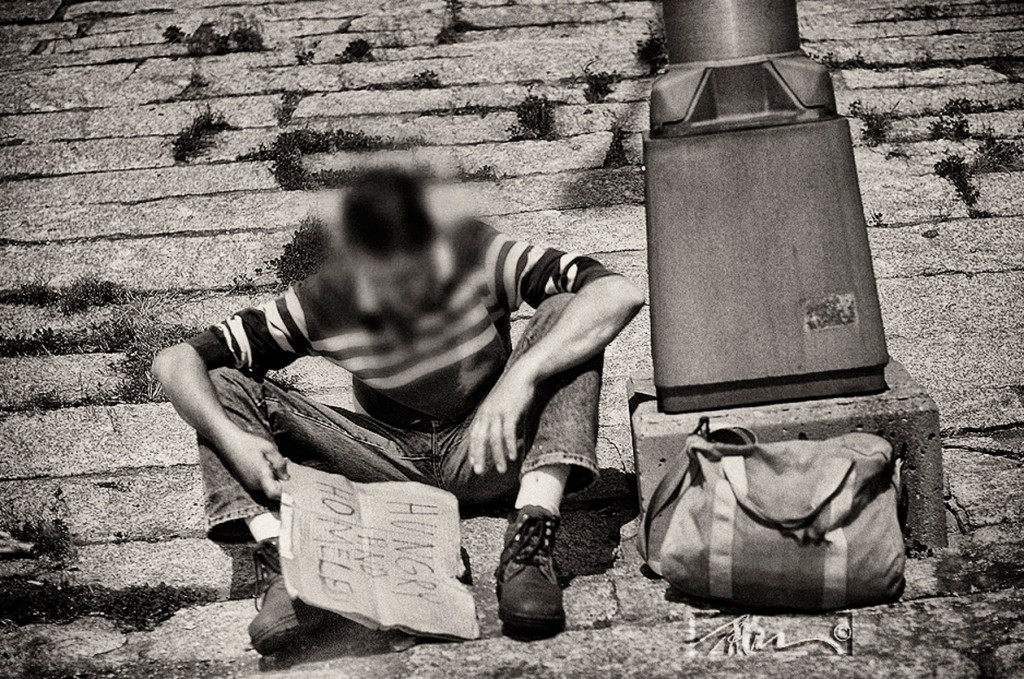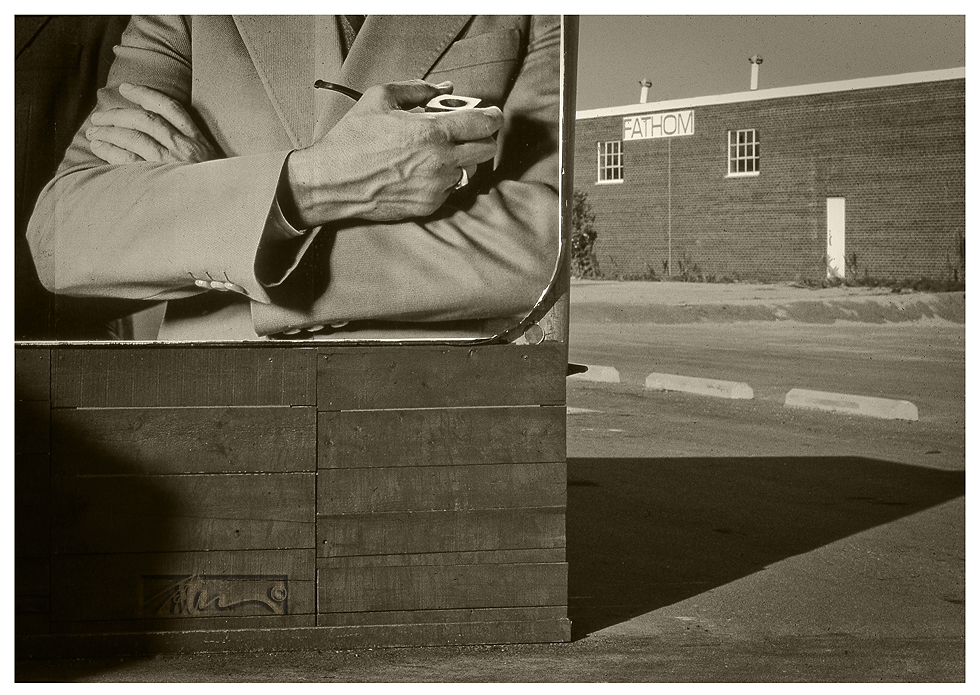Photo Positive – Shooting for Change
It is very likely that my fine art colleagues know the meanings of concerned photography. Most of them practice it in one form or another. However, I am posting this article for anyone else who calls themselves a photographer, likes to look at photographs, or who might not see the light as we see it.
There is a category of photography, which has been around for many years that attempts to look at the world with an eye for change. By that, I mean there are photographers who are looking at their subjects in the framework of social, environmental and ethical consequence. In fact, since the very beginning of photography, there have been those who have used the medium to express their concerns with a variety of human interactions. For them, subjects such as war, inhumanity and the environment are seen as subjects of concern.
Most might believe social concern has always been the responsibility of the photojournalist. The term “concerned photographer” was coined by Robert Capa, a photojournalist to describe those photographers whose work demonstrated a humanitarian impulse to educate the world to social change.
However, there are many “fine art” photographers who also play with such subjects. In fact, much of what we think of as fine art is doing exactly that kind of work. The idea of concern has expanded to many areas, which have become important subjects for artistic discussion. Art is a means of raising public awareness of issues we face as a society. The main purpose of art is to show us to ourselves.
Great photography is great not so much for its aesthetic qualities of color, tonality, composition, or lighting as they are for a subject’s significance to human existence. In art, substance outweighs fantasy and the honest questioning of reality is infinitely more important than pretending that the world is okay.
When photographers such as Edward Burtynsky, or Richard Misrach, show us a landscape, they are usually showing us both the beauty of the place and the effects of human produced devastation. In general, they show us the nature we have taken for granted and at the same time what we are doing to destroy it. They are showing us evidence of something they find important to discuss. The images they produce are meant to illustrate a truth. It is our place as viewer, to realize the reality revealed. The images show the human impact on our world. The image acts as both a statement of what we should value and a warning as to what is at risk. The intent is that the viewer should respond to the work with the similar concern. In order for that to happen, the viewer must be aware of the photographs capacity for reflecting truth.
The work of photographers such as Sebastião Salgado, also produce works about the environment and are equally concerned about the human condition in the modern world.
Likewise, the works of many photographers (and artists) are looking to pose questions or inspire answers to subjects such as human suffering, poverty, greed, indulgence, consumption, indignity, love, political matters, race and gender issues, the bomb, death, spirituality and war. The list goes on.
Just as it is important to realize the amazing beauty in this world, it is equally important to realize the vast measure of deception, injustice and ignorance that thrive here as well.
While there are many subject areas for art to explore, there is a common thread running through the works of all “concerned image-makers”. That common thread is the search for truth. It is an investigative look at ourselves and our place in this existence we call humanity. Art asks questions and provides clues. When we discover art, we find a means for contemplating a truth about the subject of the art. Our understanding of the work can produce possible side effects, which can alter our perceptions of the real world. Art has the potential to change how we think about our lives.
Truth is what will move us forward as a civilization. It may be what saves us from ourselves. Art is meant to restore our humanity. Art intends to inspire respect for all life and all the earth.
As a measure of culture, our art is the mirror for how we live as a society. Art is supposed to engage the viewer in a dialogue with self. It is meant to inspire as well as to inform. Art can be a stimulus for altering our course and for humanizing our existence.
To see things as they really are is the primary function of art. To ignore fact, is to ignore life.
Please have a look at some of my other posts here.
NOTICE of Copyright: THIS POSTING AS WELL AS ALL PHOTOGRAPHS, GALLERY IMAGES, AND ILLUSTRATIONS ARE COPYRIGHT © JOHN NEEL AND ARE NOT TO BE USED FOR ANY PURPOSE WITHOUT WRITTEN CONSENT FROM THE WRITER, THE PHOTOGRAPHER AND/OR lensgarden.com. THE IDEAS EXPRESSED ARE THE PROPERTY OF THE PHOTOGRAPHER AND THE AUTHOR.



